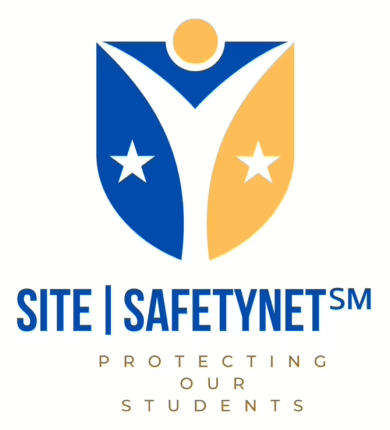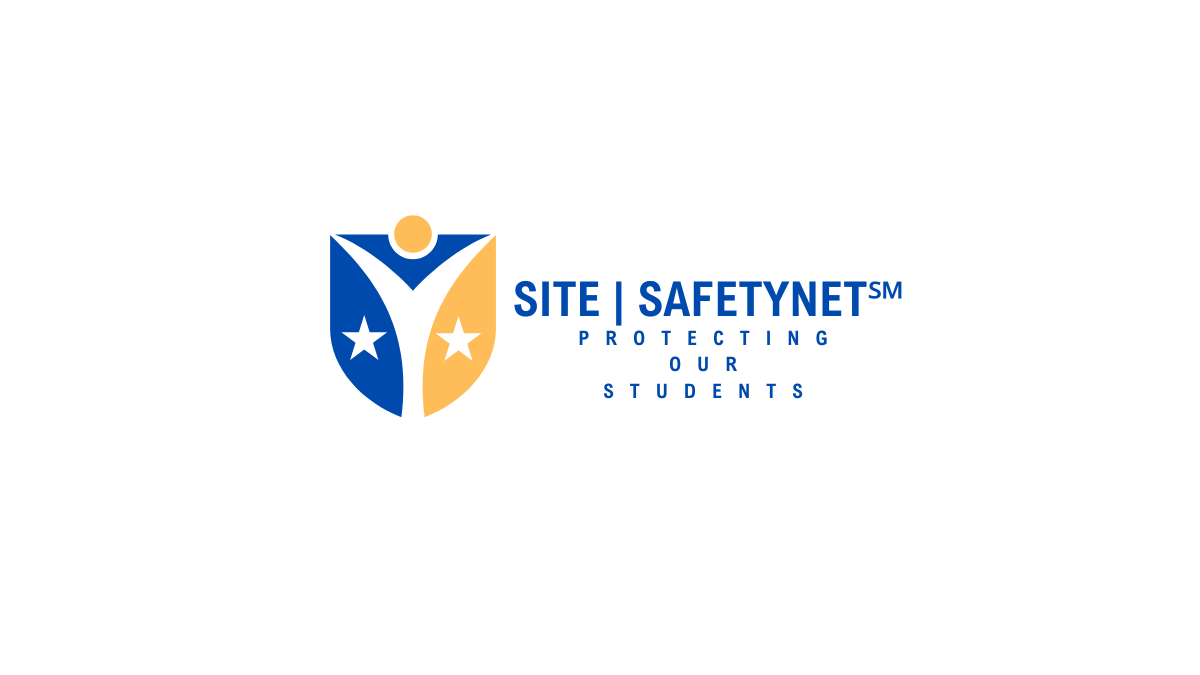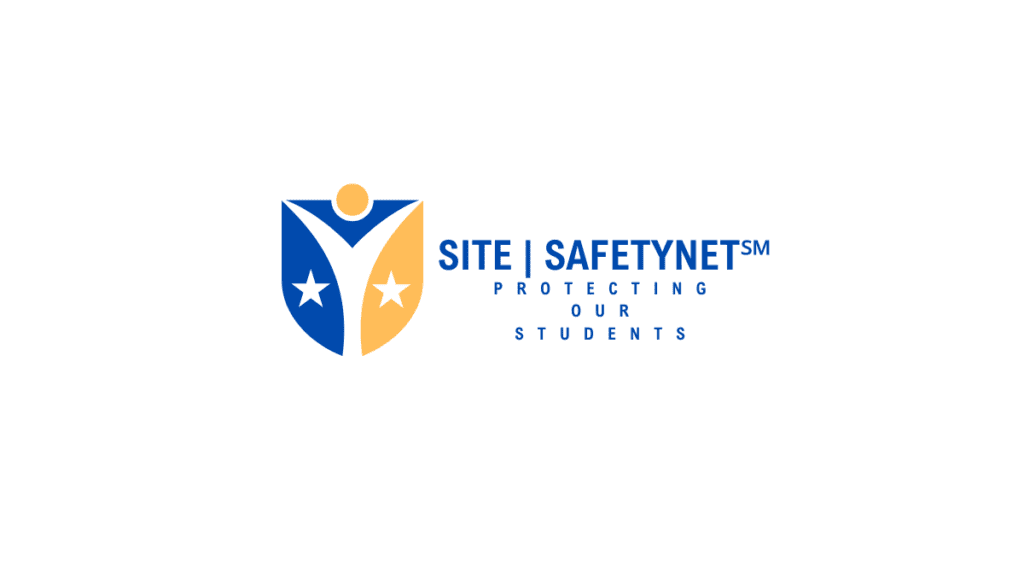 -Protecting Our Students
-Protecting Our Students
-SafetyNet|REPORT℠. In today’s uncertain world, the safety of our children is paramount. Ensuring the security of K-12 schools requires a proactive and ongoing approach that includes regular assessments, reassessments, and a comprehensive suite of safety measures. SafetyNet|REPORT℠ is a leading tool designed to provide schools with insights and guidance on maintaining a safe and secure learning environment.
The Power of SafetyNet|REPORT℠
SafetyNet|REPORT℠ goes beyond traditional safety assessments by offering documented verification of real-time safety zone scores. These scores are a crucial component of the system, providing schools with a continuous evaluation of their safety performance.
- Real-Time Monitoring: Tracks safety performance in real-time, allowing schools to identify and address potential threats immediately.
- Documented Verification: Provides verifiable proof of safety measures and compliance with regulations.
- Benchmarking: Safety zone scores can be used as benchmarks to track progress and identify areas for improvement.
The Role of SafetyNet|REPORT℠ in School Safety
SafetyNet|REPORT℠ plays a crucial role in enhancing school safety by:
- Identifying Vulnerabilities: Regular assessments help schools pinpoint potential safety risks.
- Prioritizing Improvements: The system provides actionable insights to guide safety initiatives.
- Ensuring Compliance: Helps schools demonstrate compliance with safety regulations.
- Facilitating Community Engagement: The reports can be used to involve parents and the community in safety efforts.
- Supporting Decision-Making: Safety zone scores and reports provide valuable data for informed decision-making.
Critical Components of SafetyNet|REPORT℠
- Comprehensive Assessment: Provides a thorough evaluation of school safety.
- Actionable Insights: Offers specific recommendations for improvement.
- Real-Time Monitoring: Tracks safety performance and identifies potential threats.
- Documented Verification: Provides evidence of safety measures and compliance.
- Continuous Improvement: Supports a culture of ongoing safety enhancement.
The Importance of Regular Assessments
Regular security assessments are essential for identifying potential vulnerabilities, prioritizing improvements, and ensuring compliance with safety regulations. SafetyNet|REPORT℠ offers a 6-tier framework that evaluates various aspects of school safety, including:
- Safety Partnerships Assessment (SPA): Assessing relationships with law enforcement and other agencies.
- Campus Exterior Assessment (CEA): Evaluating the physical security of the school grounds.
- Campus Interior Assessment (CIA): Assessing the security of buildings and classrooms.
- Threat Assessment System (TAS): Identifying and addressing potential threats.
- Mental Health Guidance (MHG): Promoting mental health awareness and support.
- Bullying Fear Assessment (BFA): Addressing bullying and harassment.
The Value of Reassessments
The security landscape constantly evolves, requiring schools to reassess their safety measures regularly. SafetyNet|REPORT℠ helps schools identify changes in their environment and adjust their security strategies accordingly, ensuring they remain proactive and prepared to address emerging threats.
Critical Benefits of SafetyNet|REPORT℠
- Comprehensive Assessment
- Actionable Insights
- Real-Time Monitoring
- Documented Verification
- Continuous Improvement
- Integration with Technology: Works seamlessly with existing security systems.
The Role of Technology in School Safety
In addition to regular assessments, technology plays a crucial role in enhancing school security. Key technologies include:
- Electronic Access Control (EAC): Restricts access to certain areas of the school, preventing unauthorized entry.
- Surveillance Systems: Provides real-time monitoring of school grounds and buildings.
- Emergency Communication Tools: Facilitates rapid communication during emergencies.
Community Involvement and Partnerships
Effective school safety requires a collaborative approach involving the school community, law enforcement, and other stakeholders. Key elements include:
- Community Partnerships: Collaborating with local law enforcement, fire departments, and community organizations.
- Parent Involvement: Engaging parents in safety discussions and initiatives.
- Student Empowerment: Educating students about safety procedures and encouraging them to report suspicious activity.
Conclusion
By investing in SafetyNet|REPORT℠, schools can access a comprehensive and effective tool for enhancing their safety measures. The system provides valuable insights, real-time monitoring, and documented verification, making it an essential resource for any school committed to creating a safe and secure learning environment. Overview HERE
How SafetyNet|REPORT℠ Enhances K-12 Safety Tabletop Discussions

 -Protecting Our Students
-Protecting Our Students